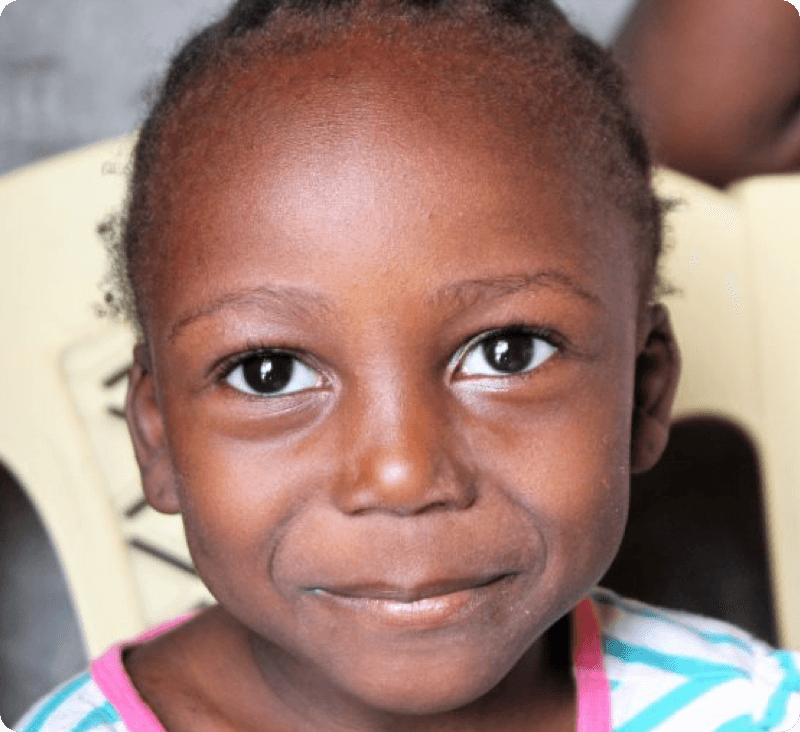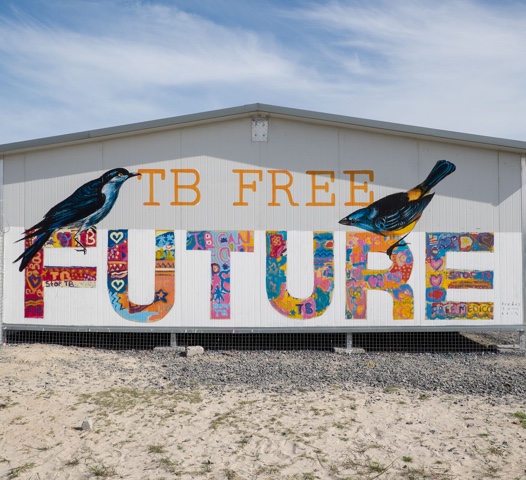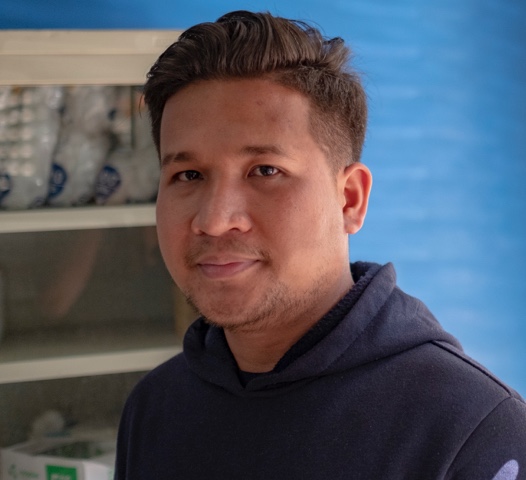Access
More Than One Million Child-Friendly TB Treatment Courses Ordered by 90+ Countries
In June, it was announced that 1 million treatment courses of child-friendly tuberculosis (TB) medicines have been ordered by more than 90 countries in the three years since introduction of the products.
The new medicines, which were first introduced nationally in Kenya in September 2016, are easier for caregivers to administer and for children to take. Previously, caregivers had to cut or crush multiple, bitter-tasting adult pills or combine incorrectly dosed formulations in an effort to achieve the appropriate doses for children. This made the six-month treatment journey difficult for children and their families, contributing to challenges with adherence, treatment failure and death from the disease. The treatments, which were introduced in 2016, are the first to meet the World Health Organization's (WHO) guidelines for childhood TB treatment. They are improved formulations of first-line TB treatment that come in the correct doses for children, require fewer pills, are fruit-flavored and dissolve in water.
Delivering one million treatment courses
One million treatment courses of child-friendly tuberculosis (TB) medicines have been ordered by more than 90 countries in the three years since introduction of the products.


Chelsea
In 2016, when Chelsea was three, she was diagnosed with tuberculosis. This is her story of #TBCourage:
In 2016, Chelsea’s grandmother, Norah, noticed that Chelsea was coughing, losing weight and was having trouble breathing regularly. Sometimes her cough was so bad that she would fall off her bed at night. Norah brought her granddaughter to a hospital in Nairobi where Chelsea was diagnosed with TB. Chelsea was among the first to receive a child-friendly TB treatment before the national rollout of the medicines in Kenya. Two days after she started her medication, Chelsea slept soundly for the first time after so many difficult nights. She has now completed her treatment and is cured. She is an active and healthy girl.
Thanks to Centre for Health Solutions — Kenya (CHS) for contributing this story.
Ensuring Availability and Affordability of New TB Treatments In-Country
Along with the child-friendly formulations that are now available in more than 90 countries, TB Alliance is committed to ensuring that every treatment it develops becomes adopted, available and affordable to those who need them. In August 2019, TB Alliance received regulatory approval for a new treatment to treat highly drug-resistant forms of TB, and has since announced two global collaborations to manufacture and commercialize the new treatment option to make certain that it is globally accessible. TB Alliance is working with partners around the world to move forward with in-country access plans.
TB Alliance is working with partners around the world to support progress on in-country access plans. In September 2019, Stop TB Partnership’s TB REACH program announced funding for multiple countries to implement the treatment. Stop TB’s Global Drug Facility (GDF) announced the price for countries serviced by them in October 2019.
Lucica Ditiu, Executive Director of the Stop TB Partnership, speaks on TB Alliance’s panel during the Breaking Resistance event at the Union Conference
Our Latest Studies
To optimize the development and introduction of new TB products, it is important to thoroughly understand the market. TB Alliance has investigated key characteristics of health systems to ensure products in development are in line with local needs and realities to help ensure new regimens have their maximum impact on the pandemic.

Acceptability of new regimen
TB Alliance and partners collected feedback on whether a new TB drug regimen will be acceptable in the indicated patient population. This study engaged caregivers, and programmatic and laboratory stakeholders in comparing the new regimen versus the standard of care in three countries: Indonesia, Kyrgyzstan and Nigeria.

Cost-effectiveness
TB Alliance and partners evaluated the cost-effectiveness of a new TB drug regimen compared to the local standard of care through three diverse geographic and epidemiologic settings (the Philippines, Georgia and South Africa), with varying degrees of a drug-resistant TB burden and HIV/TB co-infection.

